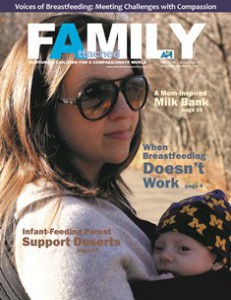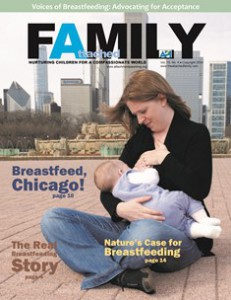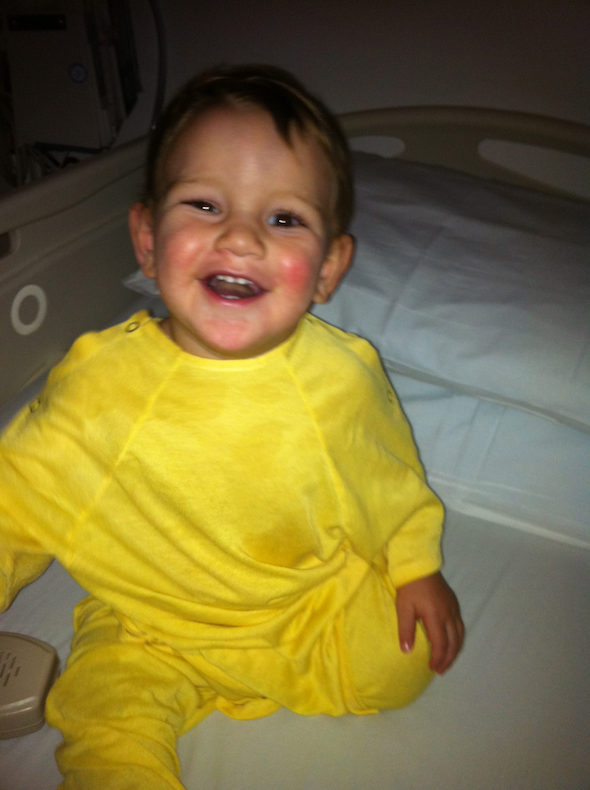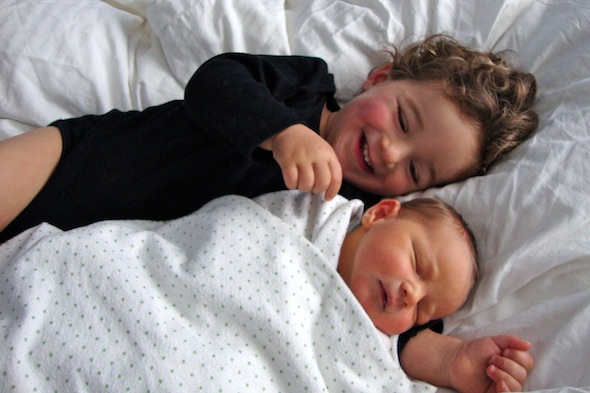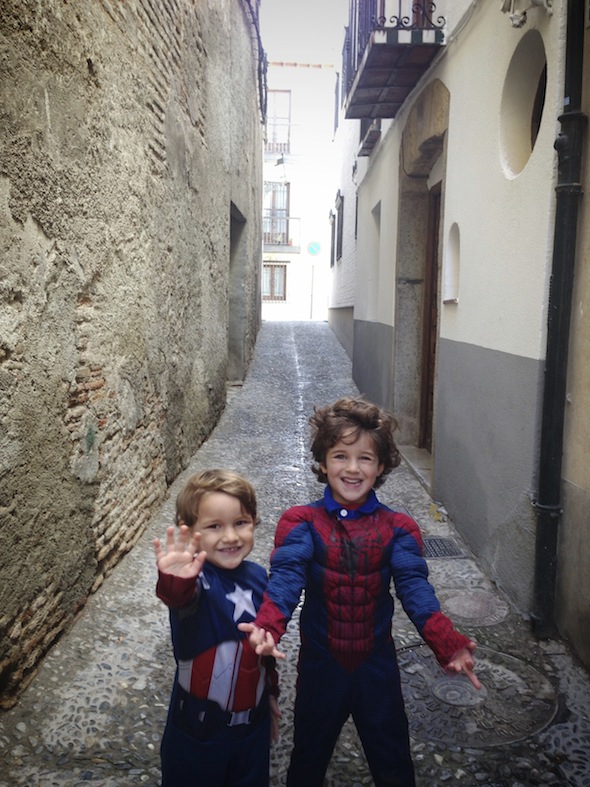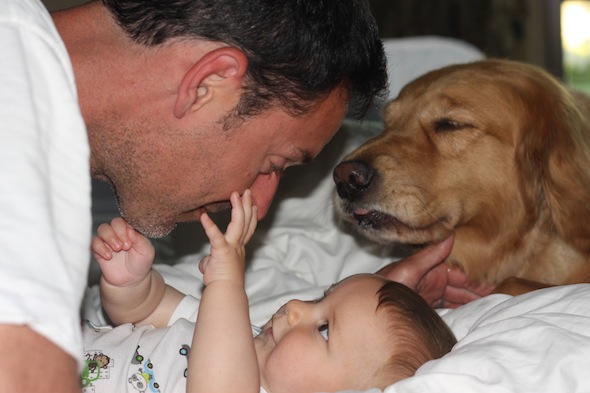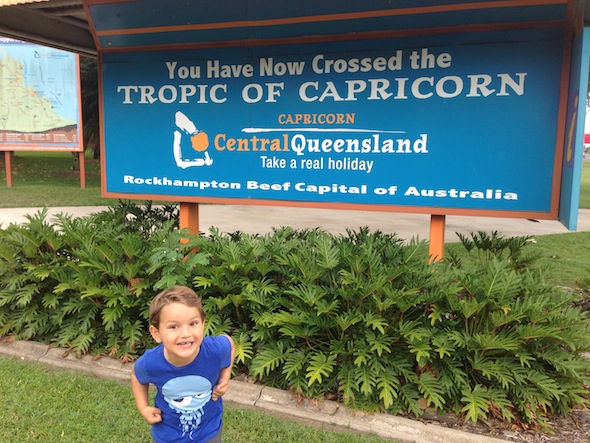By Rita Brhel, WIC Breastfeeding Peer Counselor, API Leader, API’s Publications Coordinator/Managing Editor
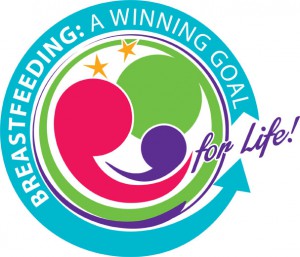 Among the wonderful aspects of Attachment Parenting is that it is an approach to child rearing that every parent can take part in. Certainly, research supports some parenting techniques more than others. Breastfeeding, for example, is quoted in Attached at the Heart by Attachment Parenting International cofounders Lysa Parker and Barbara Nicholson as “the model of attachment,” and by reading an overview of the research, it certainly is.
Among the wonderful aspects of Attachment Parenting is that it is an approach to child rearing that every parent can take part in. Certainly, research supports some parenting techniques more than others. Breastfeeding, for example, is quoted in Attached at the Heart by Attachment Parenting International cofounders Lysa Parker and Barbara Nicholson as “the model of attachment,” and by reading an overview of the research, it certainly is.
But there is an alternative for parents who are unable to breastfeed. Not breastfeeding doesn’t exclude you from the benefits of Attachment Parenting, in particular feeding your baby with love and respect.
Each of my three children has taken a bottle as part of their full-time feeding strategy. Not every mother can breastfeed or breastfeed exclusively. There are plenty of breastfeeding advocates who will tell you otherwise, but as with just about everything in this life, there are exceptions to the mantra, “If you just tried harder … ”
My oldest child was born 10 weeks early. Babies born this early don’t generally yet have the ability to time their suck-swallow-breathe reflexes and must be fed by tube. Eventually they transition from the nasogastric tube to a bottle, as it’s much easier for some babies to get milk out of a bottle than the breast. My daughter required the easiest-flow nipples—and even then, we were enlarging the nipple hole with a safety pin. I pumped my breast milk, and every ounce had to be fortified with special nutrition to help her grow and medication for her many medical conditions. She never breastfed. She was bottle-nursed with expressed milk for six months and then with formula until she was a year old.
My second born was taken by Cesarean section two weeks early. I was anemic prior to the surgery and then hemorrhaged on the table. My doctor was concerned about a recent outbreak of hepatitis and persuaded me to not get a blood transfusion, even though I lost enough blood that it took six months of taking iron pills to get my blood iron level back to the normal range. I was so anemic that I would fall asleep part way through lunch and wake up two hours later to finish the plate, only to take another nap immediately afterward. I just plain didn’t have enough energy to keep up with the demands of breastfeeding exclusively. So my second daughter was supplemented with one to two bottles of formula a day. I was able to mostly breastfeed, with some formula, for nine months, and then bottle-nursed with all formula until her first birthday.
With my third baby, I was determined to breastfeed. I spent four years learning all I could about how to have a healthy pregnancy, natural childbirth and successful breastfeeding experience. And I was very healthy going into the birth, had a wonderful natural VBAC (vaginal birth after Cesarean) with no complications and started off my first exclusive-breastfeeding relationship.
Well, he is my first baby to receive only breastmilk, but he was not exclusively breastfed. Three weeks after my son was born, I developed mastitis and a breast abscess in the inverted nipple on my left side, and the subsequent procedure and antibiotics caused a yeast infection. As it turned out, I am allergic or resistant to every breastfeeding-safe antifungal available, medical or natural. In order to protect the right breast that remained yeast free, I only breastfed from the right breast, while exclusively pumping the left side and giving that milk to my baby through the bottle. This meant that I was pumping six times a day for the first six months in addition to breastfeeding, gradually reducing the number of times I pumped as I introduced solids. I did this pumping and breastfeeding routine for one year, before allowing the left breast to dry up. My son is now 2 years old, and I continue to breastfeed from the one side.
I would not choose bottle feeding if I had the option. I love breastfeeding. Bottle nursing is not the same as breastfeeding; it will not satisfy a mother’s desire to nurse her baby. But bottle nursing does give a mother an alternative to model the beginnings of attachment, which is designed in breastfeeding. Just as with breastfeeding, bottle nursing is done on demand, in response to the baby’s cues. Touch is supremely important, particularly skin-on-skin contact, as is eye contact and verbal communication. Looking into my life, a person would not see any difference in how I am raising my babies compared to another breastfeeding family, apart from the bottles. I cosleep, hold my babies all the time, respond quickly to their murmurs, don’t believe in any sort of crying-it-out and gently self-wean.
There are challenges to bottle nursing. Bottles, nipples and pump parts have to be washed after every use, and because of yeast issues, I had an additional careful sterilization process. The breast pump had to be remembered for every trip outside the house that might coincide with the pumping schedule, even if it was a trip to the grocery store. If you’re not pumping, you have to find an alternative, such as formula, which is expensive and comes with its own set of challenges, from increased allergy risk to ear infections.
Another challenge I frequently encountered, especially before my babies developed a strong preference for me demonstrated by separation anxiety, was that relatives would assume that since I wasn’t breastfeeding, that I didn’t care that they held the baby all day long and bottle-fed her, when in fact I did care very much. When I voiced my concern, that it’s important for my bonding—or in most cases, when I would simply go to the person and take my baby back—I would receive all sorts of teasing about spoiling my baby or even downright scolding about my selfishness.
It seems that, at least for me, people assume that breastfeeding is only for nutritional sake and that if you’re feeding by bottle, then suddenly mom’s job is reduced to changing dirty diapers. It shows that there is still a need for education about the importance of a secure parent-child attachment and that a mother is indeed much more than a source of milk.
